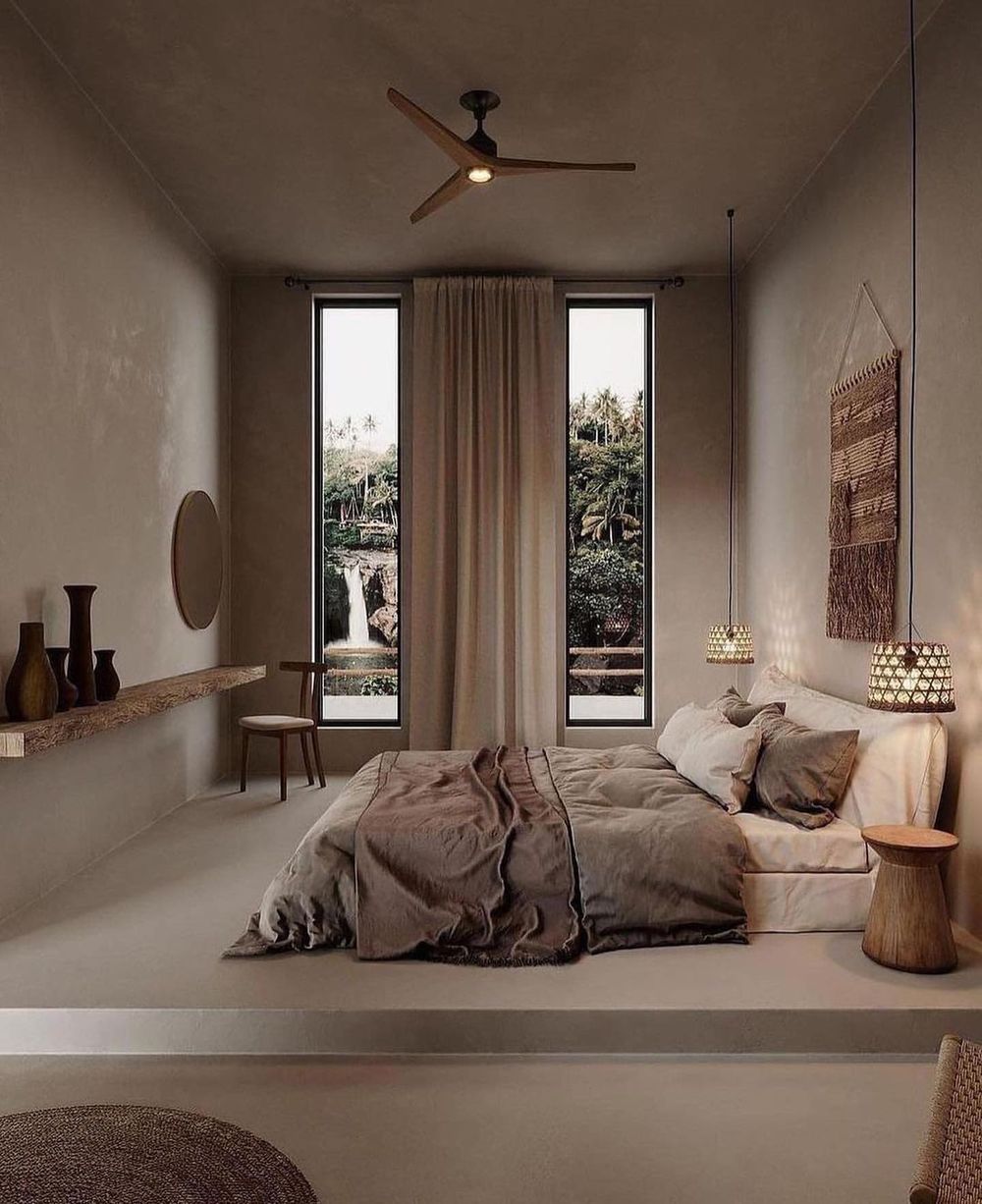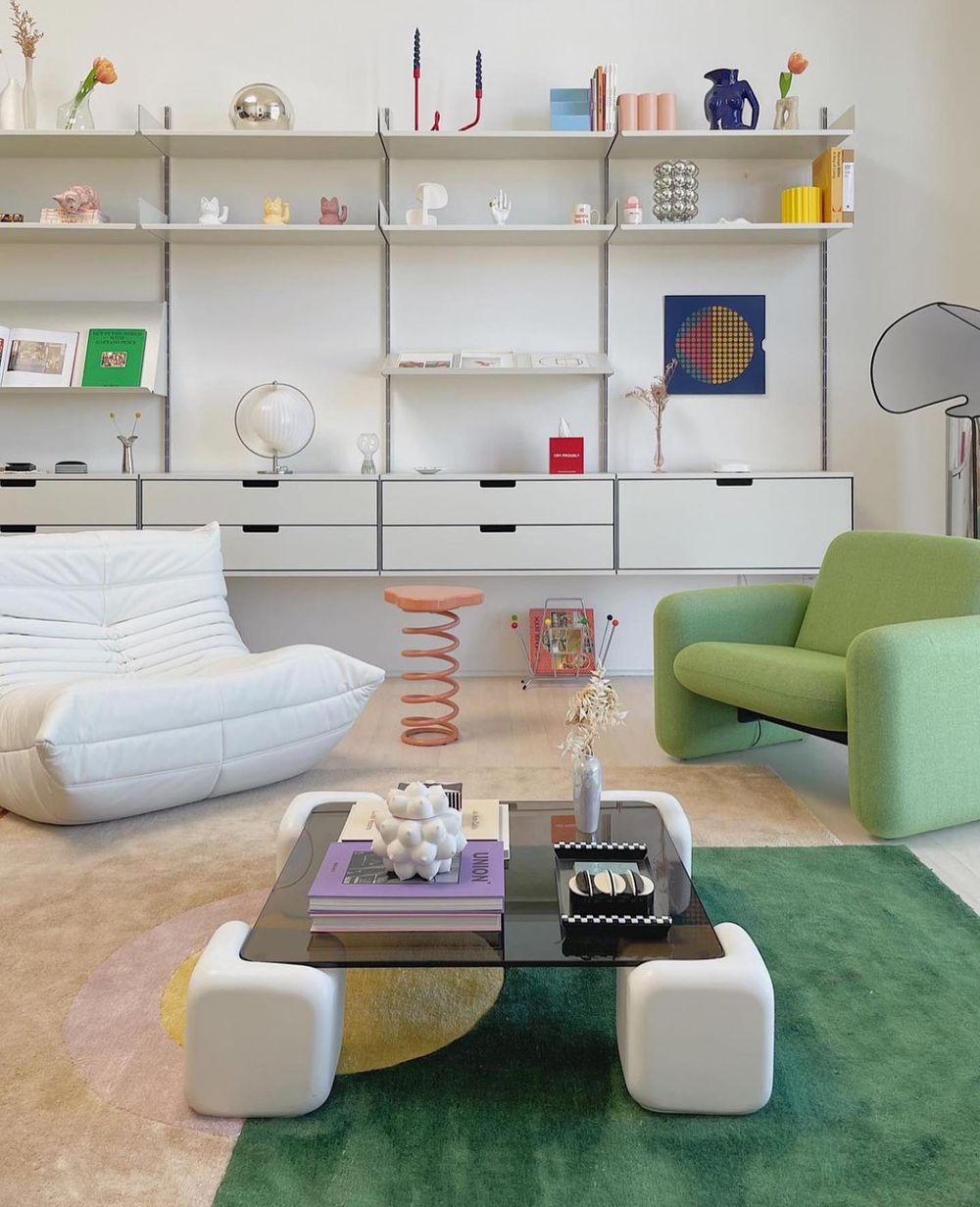Japandi style decor or Japandi interior design is sometimes called the Scandinese or Japanordic style.
Japandi interior design focuses on mixing the interior Japanese and Scandinavian styles in order to create an eclectic, fun, and relaxing home environment. It’s important to have the perfect balance between your furniture and decor in order to properly bring Japandi into your life without blending too many styles together, which can create a cluttered feel instead of the more open look you’re going for. If you’re interested in learning how to decorate Japandi style at home, we’ve got just the guide for you!
What is Japandi Style Decorating?
Japandi decor evokes a feeling of serenity like it has been touched by tranquility and simple beauty. It’s a look that says Japanese without actually saying it, but feels Scandinavian without being in Norway, Sweden, or Denmark.
That might sound like an odd description, but if you have ever seen a room decorated with true Japandi style then you know exactly what I mean. This kind of interior design is not about what country you are from or where your ancestors came from; it is about creating minimalist spaces that feel good and peaceful and make you want to relax and enjoy life.
In many ways, its similarity to zen philosophy makes sense: simplicity is key. The less clutter there is in your living space, the more open your mind will be able to be as well.
Hygge vs. Wabi-Sabi
If you’re a fan of hygge, you want your home to feel warm and welcoming. If you’re a fan of wabi-sabi, you want your space to reflect its imperfections and celebrate how it has aged over time. To learn more about what these two concepts mean in practice and how they differ from one another, let’s start with definitions from Google:
The Danish term hygge translates as “coziness.” Its focus is on connecting with others (as well as yourself) via intentional activities that bring joy, comfort, and togetherness.
Wabi-sabi is an ancient Japanese concept that focuses on finding beauty in things most people would consider flawed or damaged. It values authenticity above all else, encouraging people to embrace their natural surroundings rather than trying to change them for their own personal gain.
As you can see, there are many similarities between these two concepts—they both encourage us to appreciate our environment and be mindful of those around us—but there are also some differences worth exploring further.
Japandi Colors
When it comes to Japandi color, it’s best not to break from tradition too much. The brand is synonymous with a neutral palette, so there are a few basic principles that should always be adhered to when choosing colors for your space.
Neutrals tend toward cool tones—blues and greens in particular. Earthy hues like brown and khaki work well in tandem with warm whites and grays; adding patterns or geometrics can help liven up spaces quickly, but keep things tonal if you plan on keeping your furniture neutral as well.
Adding pops of bright color (like a coral-colored lampshade) breaks up all of those calm shades without being too shocking.
Natural Materials
When it comes to home decor, natural materials are one of your best friends. Oftentimes, they come in the form of dried plants, flowers, or elements that evoke a sense of nature.
These materials add a nice pop of color and texture, but they don’t require much upkeep. A number of woodsy dried plants can help bring a sense of nature indoors even during peak season; consider using them as decorative elements inside vases or planters all year long.
Sustainability
The key to living a sustainable lifestyle is sustainability. The root of this word, Latin for sustinere, means to bear. There are 3 main kinds of sustainability: environmental, economic, and social. These three cornerstones of sustainability go hand in hand with one another; they are interconnected in many ways.
The most common example is recycling materials used for ur homes. By reducing our consumption, we save not only money but also help keep more materials out of landfills.
Minimalist Furniture
The Japandi decor philosophy is based on three minimalist principles: harmony, focus, and tranquility. That doesn’t mean you have to live in a cave with minimalistic furniture, but it does mean that when you do buy new items for your house or apartment, they should be free of clutter and function. It might not be so much about actual things as it is about negative space.
Decluttered Home
Everybody wants a decluttered home but how many people know how to achieve it? Learning how to live a minimalist lifestyle means you need to understand the basics.
A space decorated in Japandi style is visually stunning and highly efficient. It’s an art form that has its roots in Scandinavia where it was used as a way of making small spaces feel bigger by using vertical storage solutions such as shelves and bookcases instead of horizontal ones like wardrobes or cupboards. But it also uses Japanese principles of decluttering your surroundings so you can focus on what really matters.
Open Layout
If you want an open layout in your living room and dining room, get creative with how you use space around large pieces like sofas or dining tables. You can also try using mirrors to bounce light off of walls and ceilings—it’ll make a small space feel larger.
For example, a mirror hung over a sofa can reflect natural light from a window behind it, making it appear as though there is more natural light in the room than there actually is. Mirrors are also great for adding depth and visual interest to otherwise bland walls.
Where to Shop for Japandi Furniture
The first place we’d suggest looking for Japandi furniture is online. There are several sites that sell quality Japanese-style furniture and housewares from lamps to throw pillows, all with free shipping.
These are a few of our favorites: Wayfair, CatchMyDesign, and Design Public. With thousands of items from dozens of sellers in one easy-to-shop spot, you can find affordable and high-quality Japandi decor for your home without ever leaving your couch.
Muji
The Japanese brand Muji sells a wide range of Japandi furniture, including tables, chairs, and cabinet units in a variety of shapes and sizes. Whatever the room’s shape or size, there are plenty of pieces available from Muji. With an emphasis on simplicity, Muji pieces can easily fit into a variety of settings. Their neutral colors and simple designs mean they’re easy to match with other items around your house.













